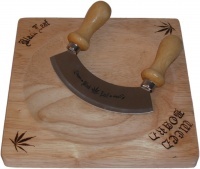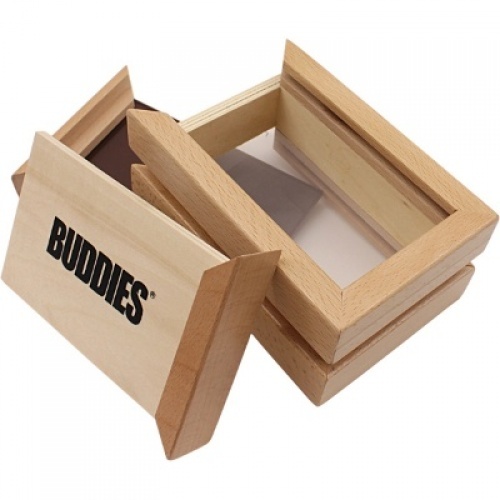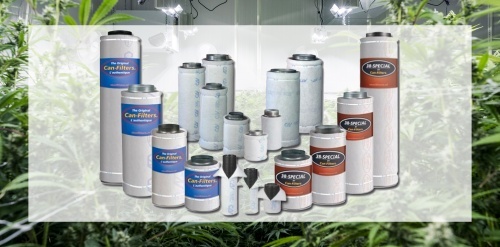Pipa sebsi: a different way to enjoy the plant

One of the main advantages of sebsi pipes is that they allow for perfect dosage, as they are usually accompanied by small clay bowls with a very small capacity. This makes them ideal for medicinal users who want to follow a moderate consumption pattern. On the other hand, the length of the pipe allows the smoke to cool slightly during its journey, making it slightly less aggressive for the lungs and allowing a purer taste to be enjoyed.
In the manufacture of the sebsi pipe it is normal to use different woods, from the best quality woods, such as walnut, apricot or almond, to even a reed-like wood that grows wild by rivers or lakes. The cheaper woods are usually painted by hand, while the higher quality woods are left natural or at most varnished. There are also metal sebsi pipes, ranging from cheap alloys such as alpaca to luxurious and elaborate silver or pure gold work.

As it is a handcrafted activity, there is no standard, so we can find pipes of all kinds of sizes, the usual ones being between 40 and 46 cm. For the convenience of transport, sebsi pipes are made up of two or three parts that can be assembled, although there are also some made in a single piece and others that are really long can be made in more parts.
The bowls used in a sebsi are also called shkaff or skuff, although in France it is common to call the whole sebsi a skuff, and they are made by hand from red clay or stone. They are small and elbow-shaped. Usually the red clay ones have a small dividing wall on the part that connects to the pipe to prevent small particles from getting in, these are the ones that are suitable for one person to consume one dose. The stone ones have a clean draw and more capacity, intended for long sessions or for sharing the pipe in the Native American style.

It is often the case that the bowls are too small or too large and do not fit properly. If it is too big, you can always make small modifications on the pipe itself, for example by turning a few turns of paper. If, on the other hand, it is too small, then the solution is to scrape the tip of the pipe with a file or a pencil sharpener until it fits properly. It is also important how the bowl / skuff is placed in the sebsi, so that twisting between the parts is avoided. The correct way is by direct pressure in a straight movement, without circular twists.
Kif, apart from being a pronoun in Arabic, is the generic name that could be said to cover the whole cannabis plant, as all of it in its different stages is kif. But if we are referring to using kif in a sebsi, then we are talking about the resin extract that is historically made in the Rif area. There, it is impossible to get a harvest of seed-free buds, as all the air is full of male pollen due to the extensive cultivation of the plant and the vastness of the area. In order to make the most of the production, because a bud full of seeds is really not very interesting, they carry out a dry resin extraction by brushing, beating or simply rubbing the buds over a sieve of the appropriate thickness. It is this pure, unpressed resin that is usually mixed with a little bit of tobacco to fill the sebsi bowls. It is also usual in some areas to chop the grass very finely with a board and a knife, making numerous passes over it after separating the seeds.

Another way of preparing kif is by chopping the herb numerous times on a wooden board
Unlike in European countries, where it is normal to make the most of cannabis without wasting anything, in the Maghreb kif is cheaper than tobacco, so there are not many of the habits we see here. We tend to mix it with more tobacco, we try not to waste anything, we are very discreet and we take the last puff, holding the smoke in our lungs. They take long puffs and blow the smoke out immediately, relaxed, and without having to hide much, except in tourist areas. Pipes are not passed half-smoked to someone else, but are prepared for a person to smoke them quietly. Then he or she prepares another small bowl and continues smoking the next one. One thing that is common among Europeans and Moroccans is the physical positioning of the consumers, in the form of circles, among which it is normal that, depending on the group, there will be more than one sebsi pipe being smoked, just as there will be several joints being shared
Sources:
moroccan-pipe.blogspot.com
wikipedia.org
softsecrets.com
Concerning kif, a Cannabis sativa L. preparation smoked in the Rif mountains of northern Morocco, Abderrahmane Merzouki, Joaquín Molero Mesa



















